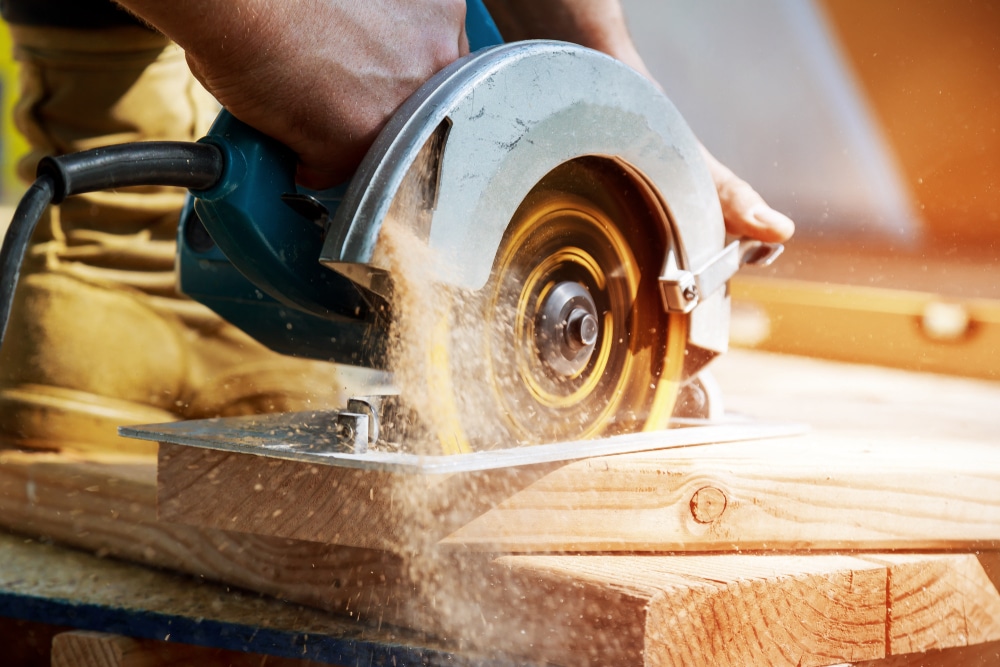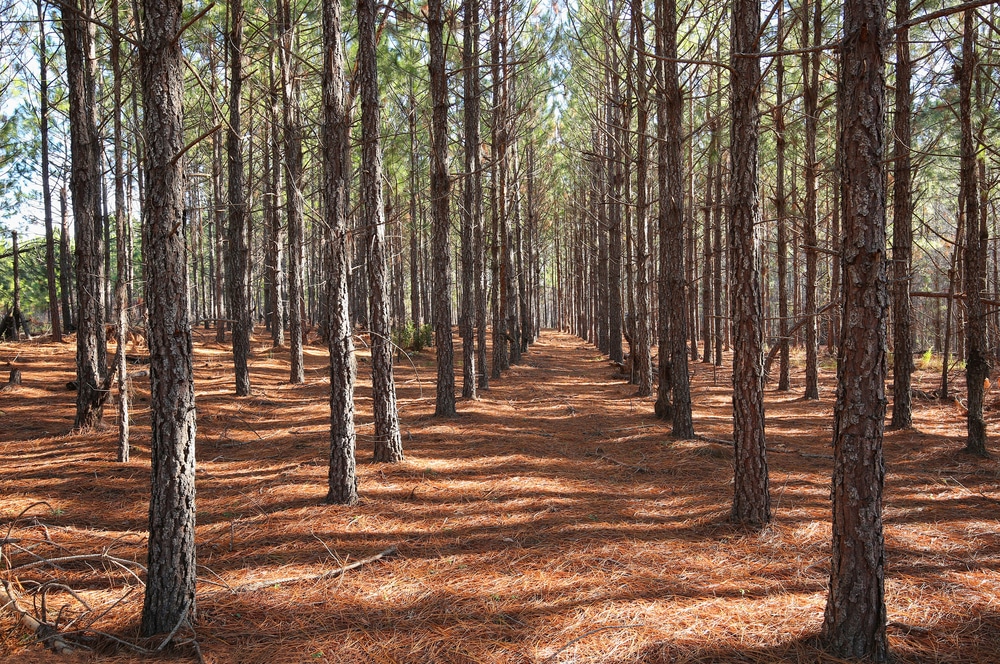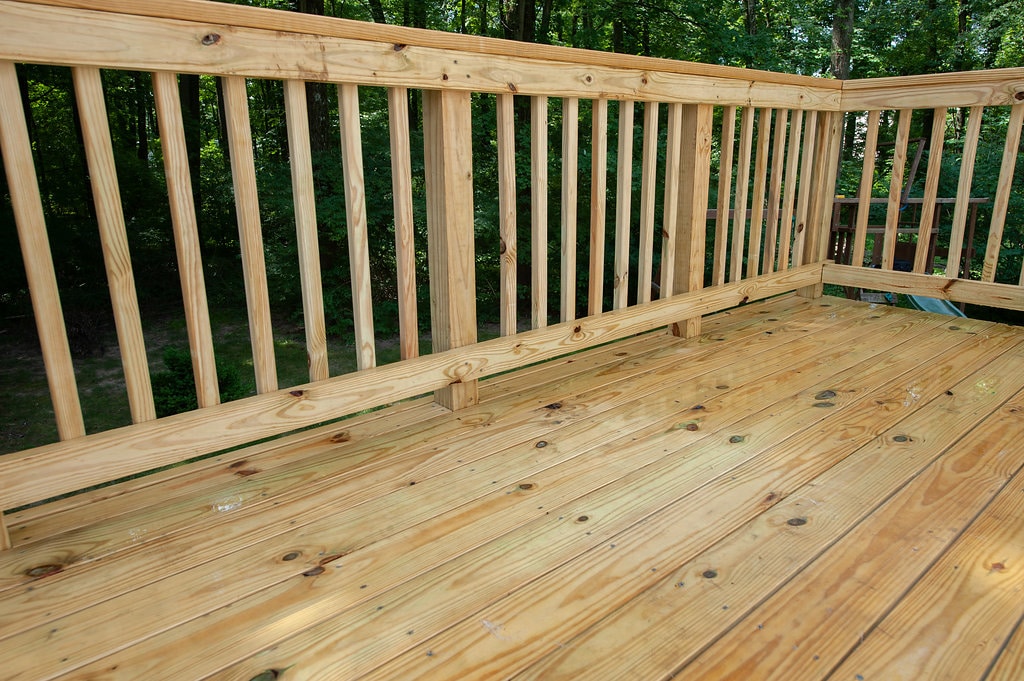We use lumber for everything, from art work, to construction, to so many things in between. But how does it get from the forest to the hardware store?
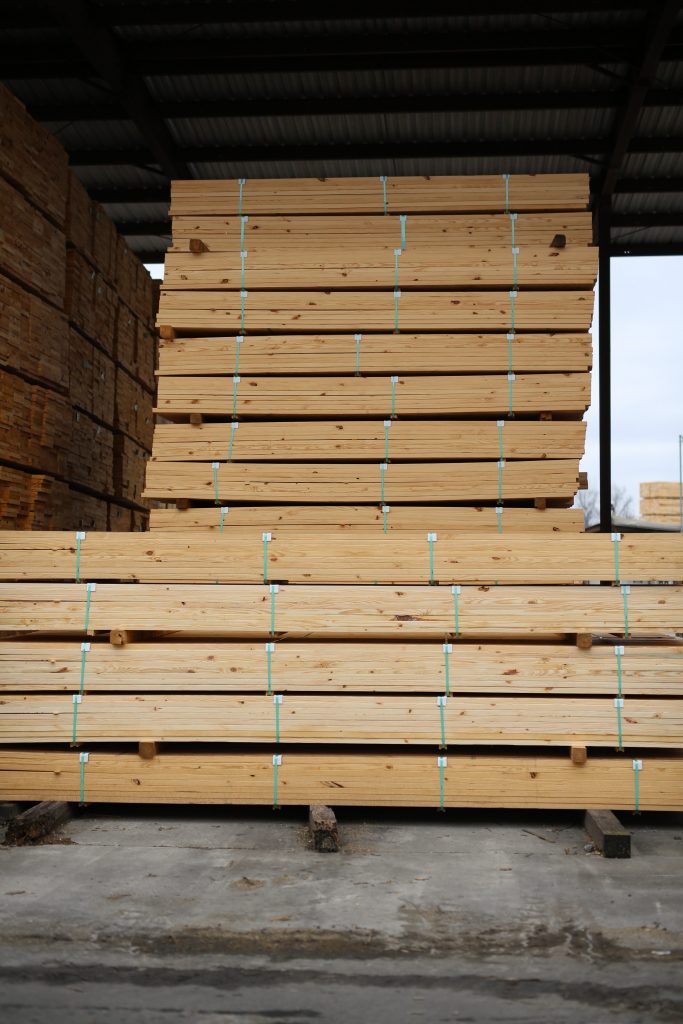
Typically speaking, trees that are processed to become lumber are grown in managed forests that are harvested for this specific purpose, much like a crop of corn being grown for feed. There is a lot more than one might imagine that goes into what happens once those trees are removed.
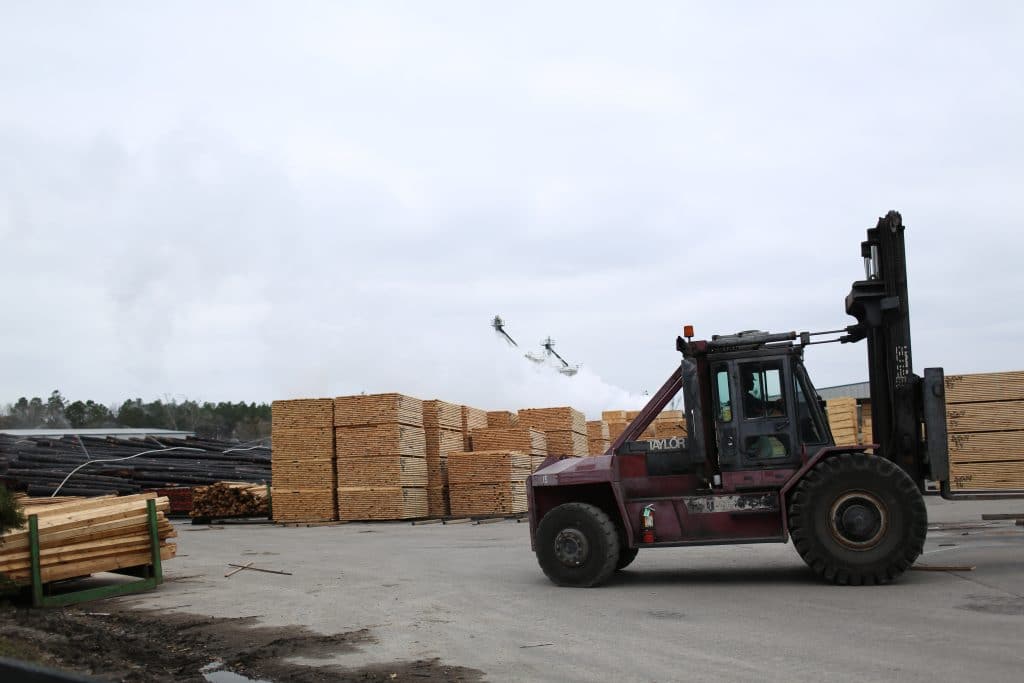
Once trees have been cut down, the logs are brought to a mill. Some folks may imagine someone standing over a log with a huge saw, slowly cutting through a tree. However, that notion couldn’t be further from the truth…except for the huge saw part. In a modern sawmill, efficiency is the name of the game…each log is optimized and nothing goes to waste.
The First Steps
As the log passes through the aptly-named “debarker,” the bark is completely stripped off from the exterior, like a gigantic pencil sharpener. (Only that pencil sharpener is the size of a tree.)
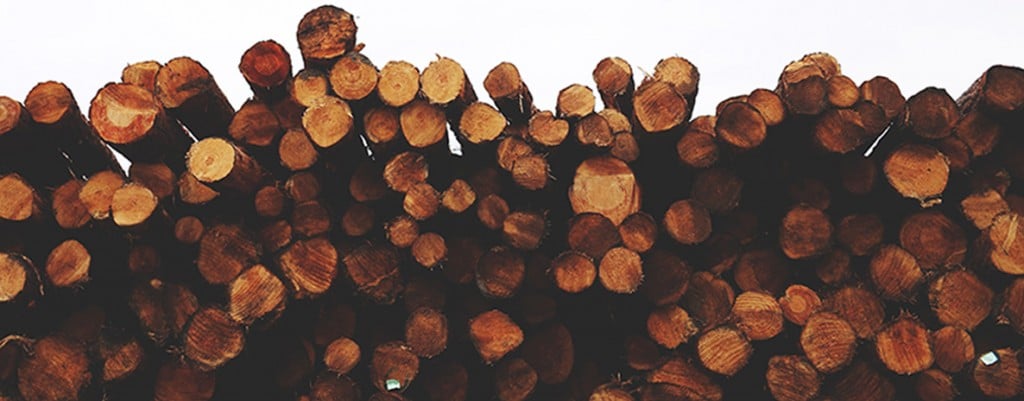
The bark is collected and then sold as a byproduct of the process. Remember – nothing goes to waste in a sawmill? Following the debarker, most mills then send the log through a metal detector, because any stray metal–nails, barbed wire, etc.–left in the log can cause a major hazard when it hits the saws.
High Tech Tools
In the olden days, a freshly stripped log would head straight into the mill to be cut up, but these days, modern sawmills first send the log through an optimizer, which is a series of lasers that create a 3-D image of each log.
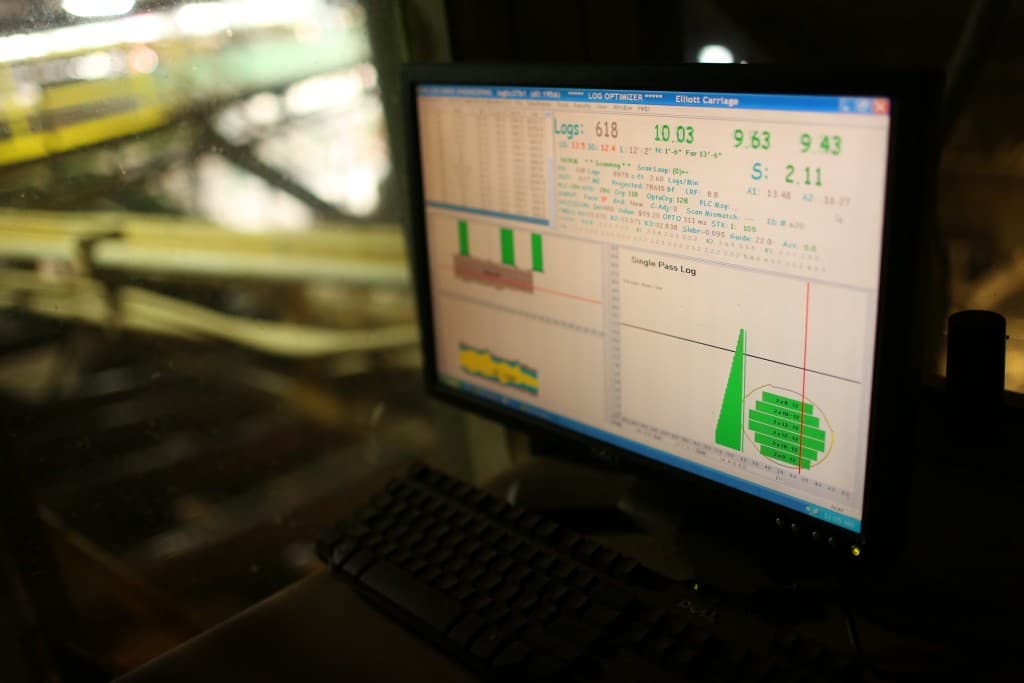
A computer then takes that image and calculates the most profitable products to cut from that log, using market prices entered into the software. Based on the computer’s calculations, the saws down the line shift to make the corresponding cuts. And all of this happens in a fraction of a second!
Lumber, Wood Chips, and Sawdust
The actual sawing process that sawmills use to breakdown the logs varies from location to location, but the outputs are always the same: lumber, wood chips, and sawdust.
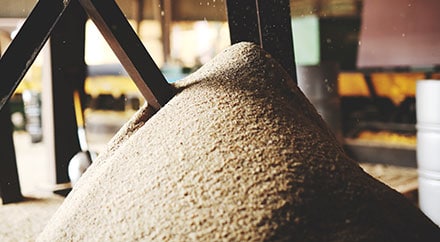
Like the bark, the chips and sawdust are collected separately to be either sold or used as fuel in the manufacturing process…remember how nothing goes to waste in a sawmill? Modern sawmills pride themselves on having virtually no waste as a result of the manufacturing process.
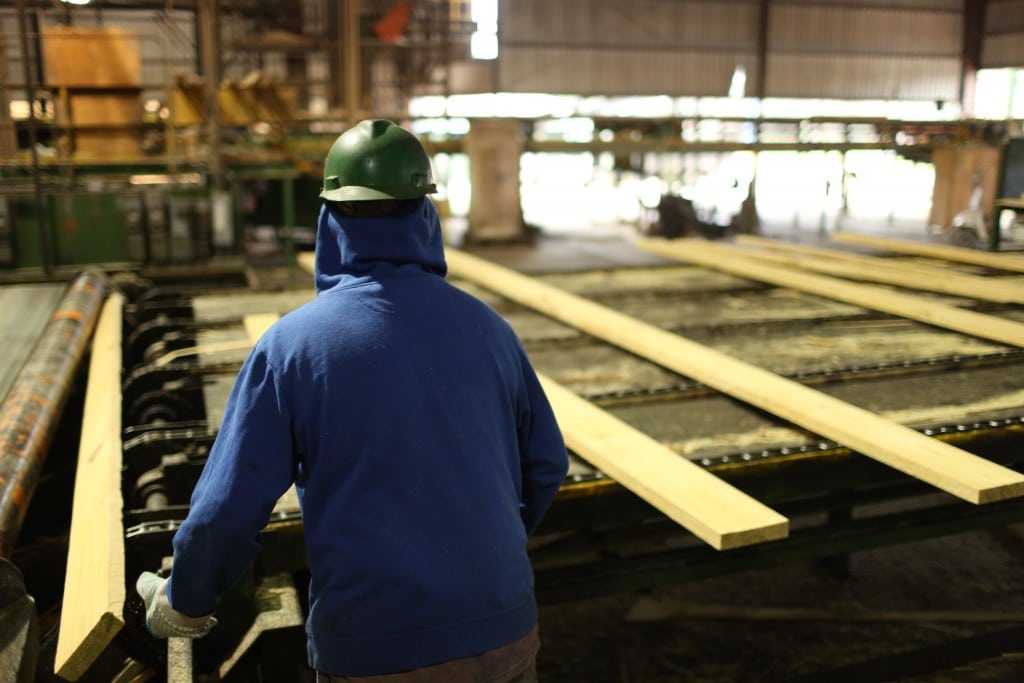
As the lumber continues down the production line, the ends are trimmed to create standardized lengths, and then each kind of lumber (2×4, 2×6, 4×4, etc.) is grouped together and stacked into packs.
Dry Time
Up to now, the lumber that we’ve talked about is called “green” lumber, meaning that it still contains basically the same moisture content that it did as a tree. However, that level of moisture is too high to be safe in structural applications, so most Southern Yellow Pine lumber gets dried down to a level that meets the requirements of the building code.
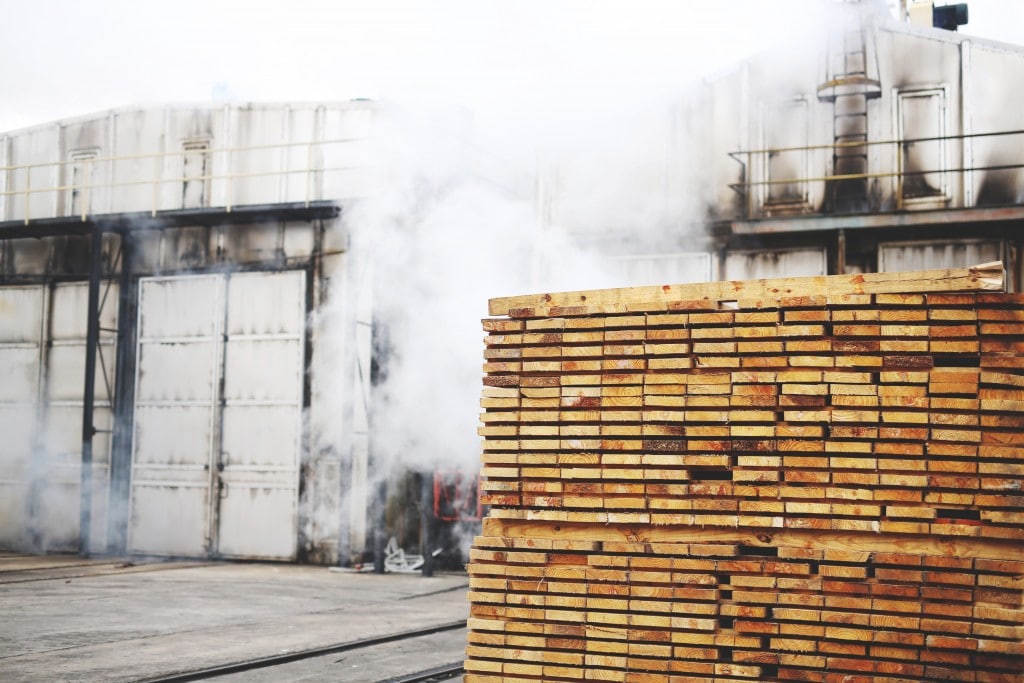
Sometimes, the lumber is allowed to air-dry, but the majority of SYP sawmills employ dry kilns–gigantic ovens that essentially “bake” the lumber until it’s dry enough.
Plane, Grade, and Sort
After it’s dry, the lumber is taken to the planer, where a set of rotating knives shave off a thin layer of wood all the way around. Doing so ensures a nice smooth surface for the end-user. The wood shavings that the planer creates are then collected and–you guessed it–either sold or used as fuel (because, again – nothing is wasted).
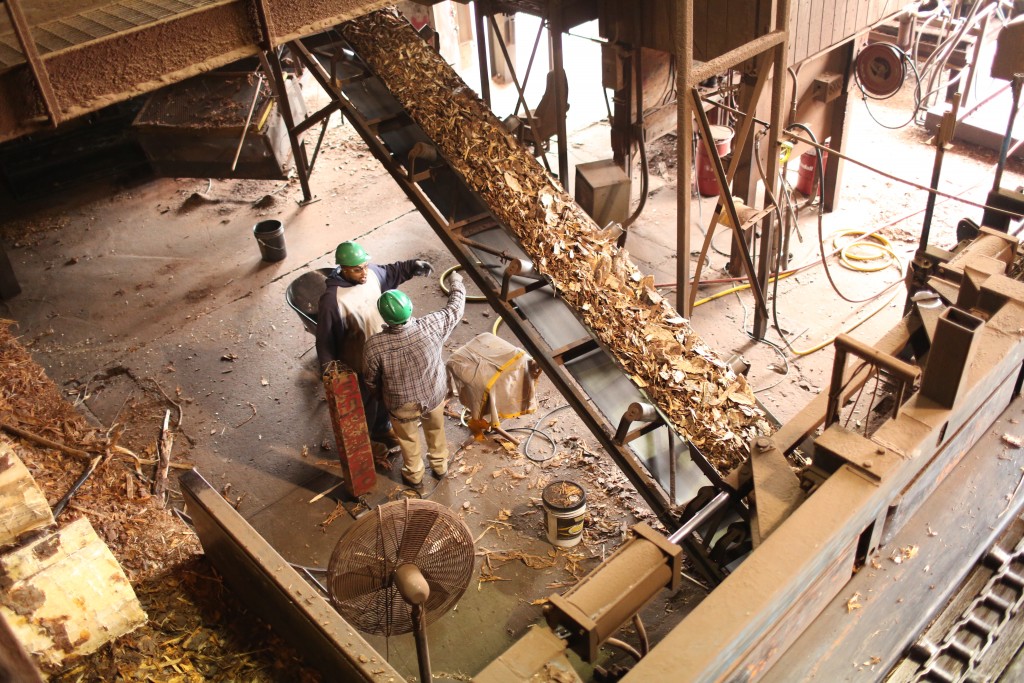
At this point, the lumber is in its finished form, but it does have a few more steps to go through. First, it passes by a grader, which assigns each piece of lumber a grade based on specifications, such as the size of any knots you can see or how rounded the corners are. Based on those assigned grades, the lumber is sorted one final time and bundled into finished packages.
Ready for Building
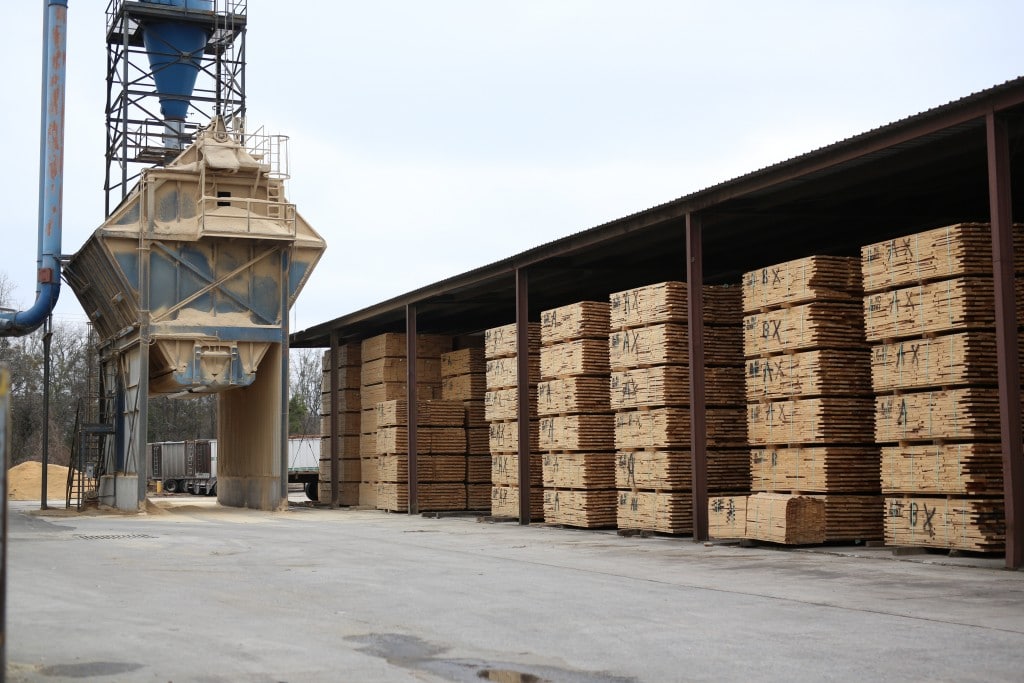
For lumber that will ultimately be protected from the elements (like lumber used for house framing), that’s all that needs to be done! It’s ready to be sold to you or your general contractor. For lumber that will be left outdoors (like lumber used for a deck), it will need to be treated. Some sawmills have treating plants onsite, while others sell their finished lumber to separate treating companies.



